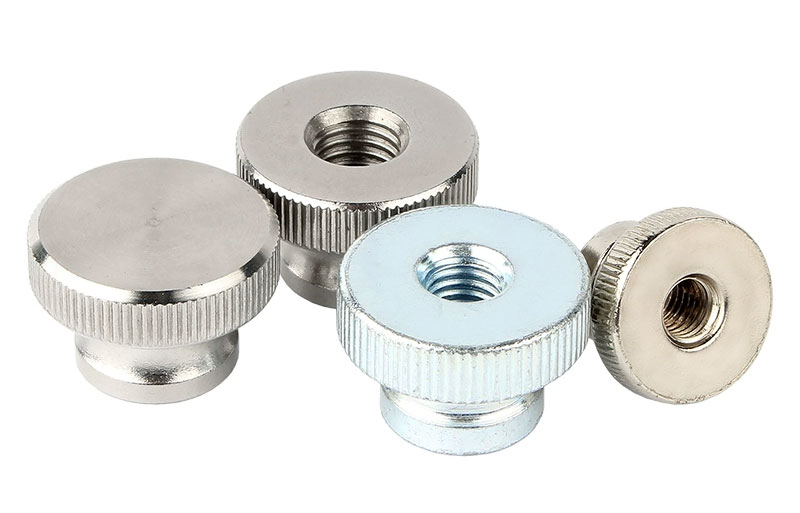Drill holes in components require careful execution to achieve accurate depth and alignment. Below is a stepwise guide to drilling precise and accurate blind holes.

Prepare the Workpiece
First, you must firmly secure the workpiece with a vise or clamps. Ensuring the workpiece is positioned securely to prevent any deflection or movement during the process. Then, mark the hole’s center on the workpiece’s surface with a sharp pointed tool or a center punch. This creates a starting point for the drill bit and helps to keep it from deflecting.
Choose the Appropriate Drill Bit
Since there are different types of drill bits, the drill bit’s size must match the hole specifications you intend to drill. After choosing a suitable drill bit with the appropriate radius, insert it into the drill chuck and tighten it firmly. Also, ensure it is properly aligned to prevent deviations or wobbling during hole drilling.
Determine the Drilling Depth
Set the drilling depth and calculate the required distance between the drill bit’s tip and the desired blind hole end. Create a visual guide using a marker or a piece of tape to mark this depth on the drill bit, which serves as a depth indicator.
Begin Drilling and Monitor the Drilling Depth
Set the drill bit on the marked center point of the center hole. Then, moderate and constant downward pressure must be applied while maintaining a stable drilling speed. For easy and efficient blind hole machining, start by drilling the hole slowly to cut a pilot hole, then increase the speed gradually as the hole gets deeper.
While drilling, stop and examine the hole depth periodically using a depth gauge or a piece of tape attached to the drill bit.
Remove Debris
Debris may form in the hole as you drill since drilling generates chips. Hence, it is important to withdraw the drill bit occasionally to clear the debris. This helps prevent the chips or debris from hindering the precision of the drilled hole.
A drill flute or hand-operated air gun is commonly used for debris removal when drilling. You can use cleaning techniques like compressed air and a high-pressure stream of liquid coolant.
Complete and Inspect the Blind Hole
Drill the hole until you have attained the preferred depth as marked. You can employ different post-finishing processes to smooth the hole or achieve a fine finish.
In addition, once the blind hole has been drilled, inspect it to confirm that it meets the specified diameter and depth. Also, check for any rough edges or burrs that may require additional processing.
